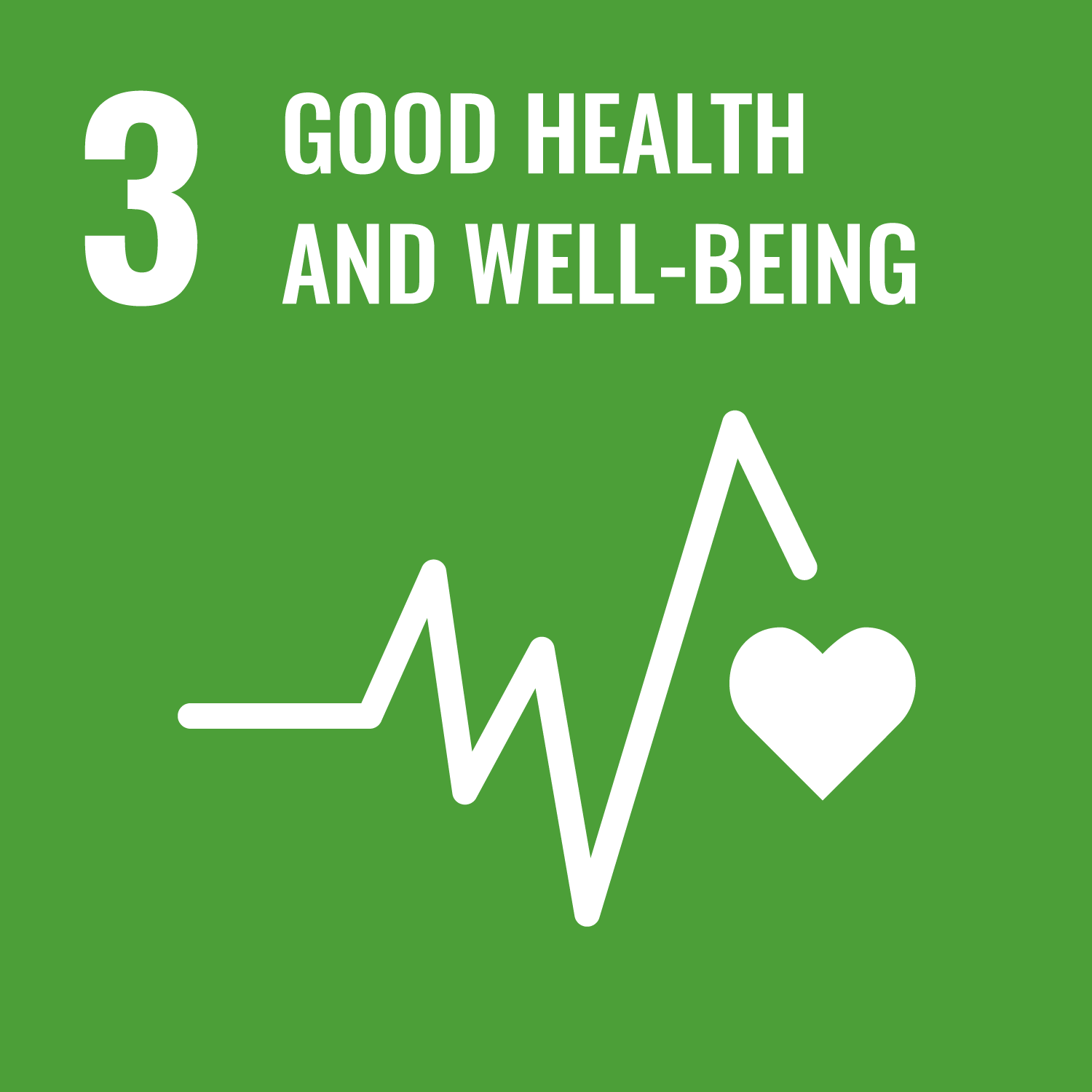Schenk, P.M. orcid.org/0000-0002-5239-1977, West, R. orcid.org/0000-0001-6398-0921, Castro, O. orcid.org/0000-0001-5332-3557 et al. (10 more authors) (2025) An ontological framework for organising and describing behaviours: The Human Behaviour Ontology [version 2; peer review: 3 approved with reservations]. Wellcome Open Research, 9. 237. ISSN 2398-502X
Abstract
Background
Human behaviours have been classified in domains such as health, occupation and sustainability. We aimed to develop a broadly applicable behavioural framework to facilitate integrating evidence across domains.
Methods
The Human Behaviour Ontology (HBO), a part of the Behaviour Change Intervention Ontology (BCIO), was developed by: (1) specifying its scope, (2) identifying candidate classes from existing classifications, (3) refining it by annotating behaviours in relevant literature, (4) a stakeholder review with behavioural and ontology experts, (5) testing the inter-rater reliability of its use in annotating research reports, (6) refining classes and their relations, (7) reviewing its coverage of behaviours in theories and (8) publishing its computer-readable version.
Results
The initial ontology contained 128 classes (Steps 1–4), achieving an inter-rater reliability of 0.63 for familiar researchers and 0.74 after minor adjustments (to the ontology and guidance) for unfamiliar researchers. Following Steps 6–7, the published ontology included 230 classes, with six upper-level behavioural classes: human behaviour, individual human behaviour, individual human behaviour pattern, individual human behaviour change, population behaviour and population behaviour pattern. ‘Individual human behaviour’ was defined as “a bodily process of a human that involves co-ordinated contraction of striated muscles controlled by the brain”, with its 159 subclasses organised across high-level classes relating to: experiences (e.g., playing); expression (e.g., laughing); reflectiveness; harm (e.g., self-injury behaviour); harm prevention; coping; domestic activities; goals; habits; health (e.g., undergoing vaccination); life-function (e.g., breathing behaviour); interactions with materials (e.g., consumption); bodily care (e.g., washing); position (e.g., postural behaviour); social environments (e.g., communication); and behavioural substitution. Additional classes needed for characterising behaviours (e.g., frequency and duration), their attributes and behavioural abstinence were included. Relations were defined for timings, locations, participants, mental processes, functions, goals and outcomes.
Conclusions
The HBO provides an extensive and detailed framework for describing human behaviours.
Metadata
| Item Type: | Article |
|---|---|
| Authors/Creators: |
|
| Copyright, Publisher and Additional Information: | © 2025 Schenk PM et al. This is an open access work distributed under the terms of the Creative Commons Attribution License (https://creativecommons.org/licenses/by/4.0/), which permits unrestricted use, distribution, and reproduction in any medium, provided the original work is properly cited. |
| Keywords: | Health Sciences; Mental health; Good Health and Well Being |
| Dates: |
|
| Institution: | The University of Sheffield |
| Academic Units: | The University of Sheffield > Faculty of Science (Sheffield) > Department of Psychology (Sheffield) |
| Depositing User: | Symplectic Sheffield |
| Date Deposited: | 15 Jul 2025 15:47 |
| Last Modified: | 15 Jul 2025 15:47 |
| Status: | Published |
| Publisher: | F1000 Research Ltd |
| Refereed: | Yes |
| Identification Number: | 10.12688/wellcomeopenres.21252.2 |
| Related URLs: | |
| Sustainable Development Goals: | |
| Open Archives Initiative ID (OAI ID): | oai:eprints.whiterose.ac.uk:229246 |
Download
Filename: 71f63625-03eb-4aea-90c0-2725ece78f7c_21252_-_paulina_margarete_schenk_v2.pdf
Licence: CC-BY 4.0


 CORE (COnnecting REpositories)
CORE (COnnecting REpositories) CORE (COnnecting REpositories)
CORE (COnnecting REpositories)